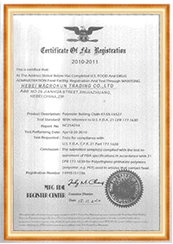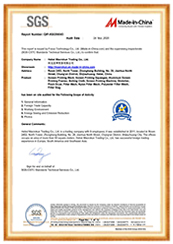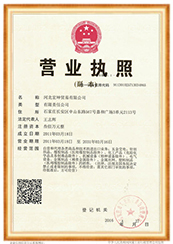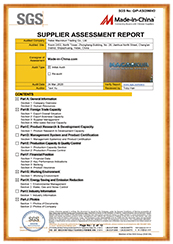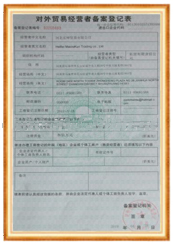When it comes to filtration and separation processes, choosing the right mesh size is crucial for achieving optimal results. One commonly used mesh size is 100 microns (100um), which offers a balance between filtration efficiency and flow rate. In this article, we will explore the benefits of using 100um mesh for filtration and separation applications, as well as best practices for maximizing its effectiveness.
| Class | Mesh Count (/cm) |
Mesh Count (/inch) |
Thread Dia (um) |
Mesh Opening (um) |
Thickness (um) |
Weight (g/m2) |
| NL4/1950 | 4 | 10 | 550 | 1950 | 1100 | 307 |
| NL5/1500 | 5 | 13 | 500 | 1500 | 1000 | 318 |
| NL6/1267 | 6 | 15 | 400 | 1267 | 800 | 244 |
| NL7/1079 | 7 | 18 | 350 | 1079 | 700 | 218 |
| NL8/900 | 8 | 20 | 350 | 900 | 700 | 249 |
| NL9/861 | 9 | 23 | 250 | 861 | 500 | 143 |
| NL9/811 | 9 | 23 | 300 | 811 | 600 | 206 |
| NL10/750 | 10 | 25 | 250 | 750 | 500 | 159 |
| NL10/700 | 10 | 25 | 300 | 700 | 600 | 229 |
| NL12/583 | 12 | 30 | 250 | 583 | 500 | 191 |
| NL12/533 | 12 | 30 | 300 | 533 | 600 | 274 |
| NL14/514 | 14 | 36 | 200 | 514 | 340 | 142 |
| NL16/425 | 16 | 40 | 200 | 425 | 340 | 160 |
| NL20/350 | 20 | 50 | 150 | 350 | 255 | 113 |
| NL20/300 | 20 | 50 | 200 | 300 | 340 | 200 |
| NL24/267 | 24 | 60 | 150 | 267 | 255 | 135 |
| NL28/237 | 28 | 70 | 120 | 237 | 204 | 101 |
| NL30/213 | 30 | 76 | 120 | 213 | 204 | 110 |
| NL32/213 | 32 | 80 | 100 | 213 | 170 | 80 |
| NL36/178 | 36 | 90 | 100 | 178 | 170 | 90 |
| NL40/150 | 40 | 100 | 100 | 150 | 170 | 100 |
| NL43/153 | 43 | 110 | 80 | 153 | 136 | 70 |
| NL48/128 | 48 | 120 | 80 | 128 | 136 | 77 |
| NL56/119 | 56 | 140 | 60 | 119 | 102 | 50 |
| NL64/96 | 64 | 160 | 60 | 96 | 102 | 58 |
| NL72/89 | 72 | 180 | 50 | 89 | 85 | 45 |
| NL80/75 | 80 | 200 | 50 | 75 | 85 | 50 |
| NL100/57 | 100 | 250 | 43 | 57 | 73 | 46 |
| NL110/48 | 110 | 280 | 43 | 48 | 73 | 52 |
| NL120/48 | 120 | 300 | 35 | 48 | 60 | 37 |
| NL120/40 | 120 | 300 | 43 | 40 | 73 | 55 |
| NL130/42 | 130 | 330 | 35 | 42 | 60 | 40 |
| NL130/34 | 130 | 330 | 43 | 34 | 73 | 61 |
| NL140/36 | 140 | 350 | 35 | 36 | 60 | 43 |
| NL157/25 | 157 | 400 | 43 | 25 | 73 | 74 |
| NL180/20 | 180 | 450 | 39 | 20 | 66 | 68 |
| NL200/15 | 200 | 500 | 39 | 15 | 66 | 76 |
| NL220/10 | 220 | 550 | 39 | 10 | 66 | 84 |
| NL240/5 | 240 | 600 | 39 | 5 | 66 | 91 |
One of the key advantages of using 100um mesh is its ability to effectively capture particles of various sizes while maintaining a high flow rate. The small mesh openings of 100um allow for the retention of fine particles, making it ideal for applications where precision filtration is required. At the same time, the larger openings compared to finer meshes allow for a higher flow rate, reducing the risk of clogging and ensuring efficient filtration.
Another benefit of using 100um mesh is its versatility in a wide range of applications. Whether you are filtering liquids, gases, or solids, 100um mesh can effectively separate particles and impurities to meet your specific needs. From industrial processes to laboratory experiments, 100um mesh offers reliable filtration performance across various industries and applications.
In addition to its filtration efficiency and versatility, 100um mesh is also known for its durability and longevity. Made from high-quality materials such as stainless steel or nylon, 100um mesh is designed to withstand harsh operating conditions and repeated use without compromising its filtration performance. This durability ensures that your filtration system remains effective and reliable over time, reducing maintenance costs and downtime.
To maximize the benefits of using 100um mesh for filtration and separation, it is important to follow best practices for proper installation and maintenance. When installing 100um mesh filters, ensure that they are securely fastened and sealed to prevent bypass or leakage. Regularly inspect and clean the filters to remove accumulated particles and debris, which can affect filtration efficiency and flow rate.
In addition, consider the compatibility of 100um mesh with the fluid or gas being filtered. Some substances may require special treatment or pre-filtration to prevent clogging or damage to the mesh. By understanding the properties of the material being filtered, you can optimize the performance of 100um mesh filters and prolong their lifespan.
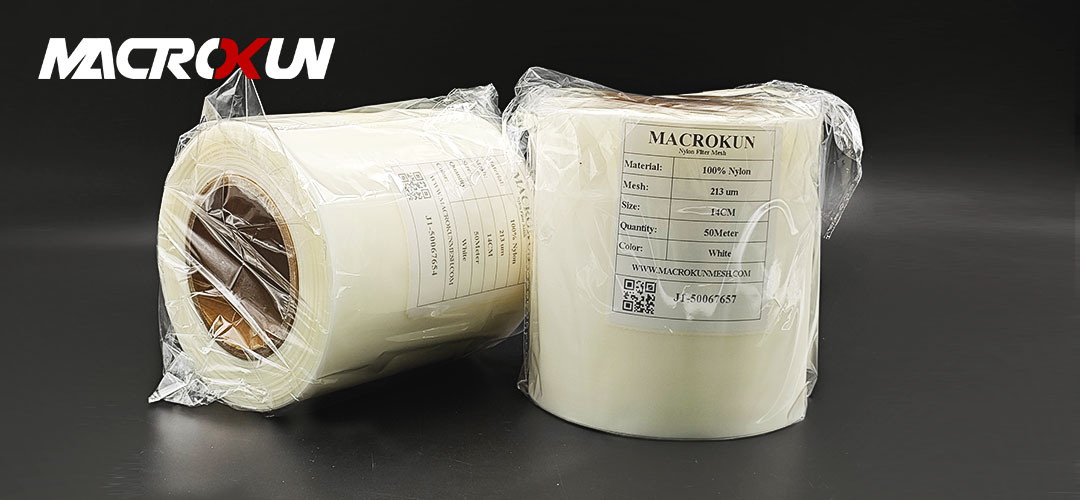
Furthermore, consider the design and configuration of the filtration system when using 100um mesh. Properly sized filter housings, inlet/outlet connections, and support structures are essential for ensuring efficient filtration and preventing system failures. Consult with filtration experts or manufacturers to determine the best setup for your specific application and requirements.
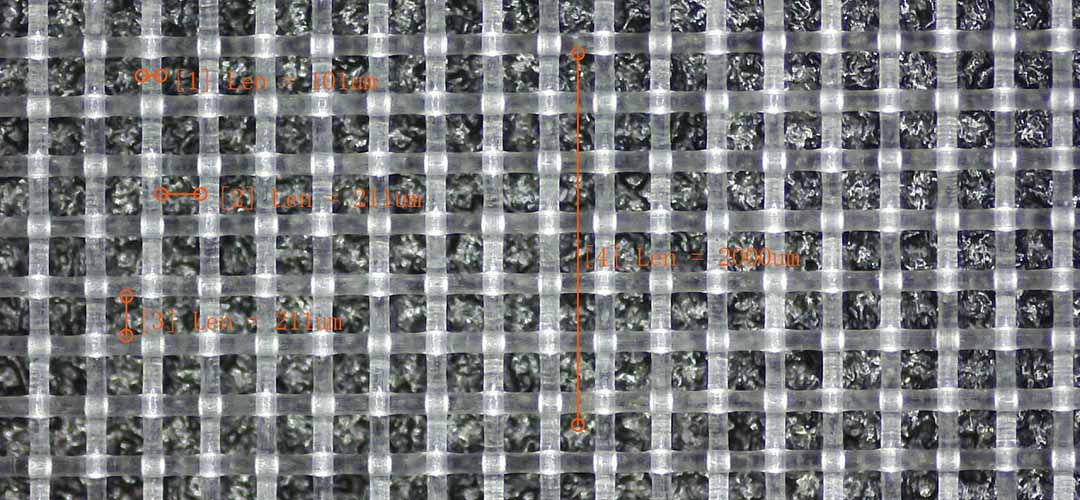
In conclusion, 100um mesh offers a range of benefits for filtration and separation applications, including high filtration efficiency, versatility, durability, and longevity. By following best practices for installation and maintenance, you can maximize the performance of 100um mesh filters and achieve optimal results in your filtration processes. Whether you are filtering liquids, gases, or solids, 100um mesh is a reliable and effective solution for meeting your filtration needs.
When it comes to filtration and separation processes, choosing the right mesh size is crucial for achieving optimal results. A 100um mesh is a popular choice for many applications due to its versatility and effectiveness in capturing particles of various sizes. In this article, we will explore the best practices for selecting and using a 100um mesh for filtration and separation.
One of the first considerations when choosing a 100um mesh is the type of particles you are trying to capture. The size and shape of the particles will determine the mesh size that is most suitable for your application. It is important to consider the smallest particle size that needs to be captured, as well as the overall particle size distribution in the system.
In addition to particle size, the material of the mesh is also an important factor to consider. Different materials have different properties that can affect the filtration and separation process. For example, stainless steel mesh is durable and resistant to corrosion, making it ideal for applications where the mesh will be exposed to harsh chemicals or high temperatures.
Another important consideration when choosing a 100um mesh is the flow rate of the system. The mesh size will impact the flow rate of the system, so it is important to select a mesh that allows for adequate flow while still capturing the desired particles. It may be necessary to conduct flow rate testing to determine the optimal mesh size for your specific application.
Once you have selected the appropriate mesh size and material, it is important to properly install and maintain the mesh to ensure optimal performance. Proper installation is crucial for preventing leaks and ensuring that the mesh is securely in place. Regular maintenance, such as cleaning and replacing the mesh as needed, will help to prolong the life of the mesh and maintain its effectiveness.
In addition to selecting the right mesh size and material, it is also important to consider the design of the filtration system. The design of the system will impact the efficiency and effectiveness of the filtration and separation process. It is important to consider factors such as the size and shape of the filtration chamber, the placement of the mesh within the system, and the overall flow dynamics of the system.
In conclusion, choosing the right 100um mesh for your filtration and separation application requires careful consideration of factors such as particle size, material, flow rate, and system design. By following best practices for selecting and using a 100um mesh, you can ensure optimal performance and efficiency in your filtration and separation processes. Proper installation and maintenance of the mesh will help to prolong its life and maintain its effectiveness over time. With the right mesh size and material, along with proper system design and maintenance, you can achieve successful filtration and separation in your application.
When it comes to filtration and separation processes, using the right mesh size is crucial for achieving optimal results. A 100um mesh is a popular choice for many applications due to its versatility and effectiveness in capturing particles of various sizes. However, there are common mistakes that can occur when using 100um mesh that can compromise the efficiency of the filtration and separation process.
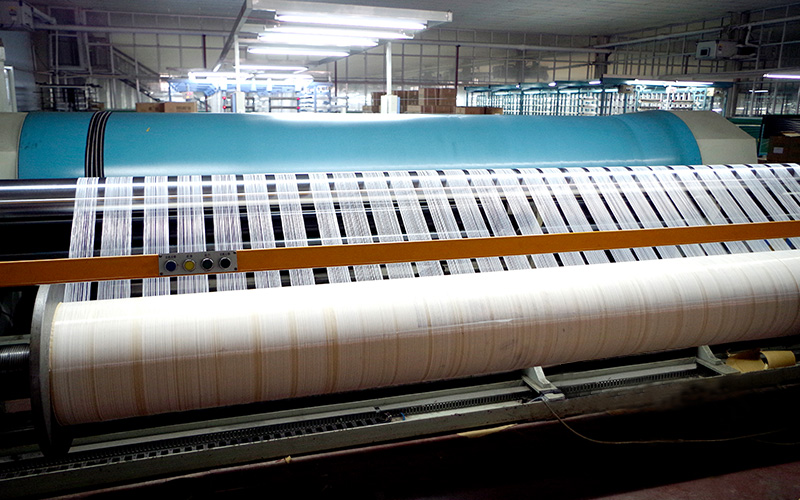
One common mistake to avoid when using 100um mesh is not properly preparing the mesh before use. It is important to ensure that the mesh is clean and free of any debris or contaminants that could clog the openings and reduce the effectiveness of the filtration process. Before using the mesh, it should be thoroughly cleaned and inspected to ensure that it is in good condition and ready for use.
Another common mistake is using the wrong type of mesh for the application. Not all 100um meshes are created equal, and it is important to select the right mesh for the specific requirements of the filtration and separation process. Different materials and weave patterns can affect the performance of the mesh, so it is important to choose a mesh that is suitable for the intended application.
Improper installation of the mesh can also lead to issues with filtration and separation. It is important to ensure that the mesh is securely fastened in place and that there are no gaps or leaks that could allow particles to bypass the mesh and contaminate the filtrate. Proper installation is essential for achieving consistent and reliable results from the filtration process.
One of the most common mistakes when using 100um mesh is not monitoring and maintaining the mesh during use. Over time, the mesh can become clogged with particles and debris, reducing its effectiveness in capturing contaminants. Regular monitoring and maintenance of the mesh are essential for ensuring that it continues to perform optimally and deliver the desired results.
Failure to properly clean and replace the mesh when necessary is another common mistake that can compromise the efficiency of the filtration and separation process. Over time, the mesh can become worn or damaged, reducing its ability to capture particles effectively. It is important to regularly clean and inspect the mesh, and replace it when necessary to ensure that the filtration process remains efficient and effective.
In conclusion, using 100um mesh for filtration and separation can be highly effective when done correctly. By avoiding common mistakes such as not properly preparing the mesh, using the wrong type of mesh, improper installation, and failing to monitor and maintain the mesh, you can ensure that your filtration process runs smoothly and efficiently. By following best practices for using 100um mesh, you can achieve optimal results and improve the quality of your filtration and separation processes.
When it comes to filtration and separation processes, 100um mesh filters are a popular choice due to their ability to effectively capture particles of a certain size. However, in order to ensure optimal performance and longevity of these filters, proper maintenance and cleaning are essential. In this article, we will discuss some best practices for maintaining and cleaning 100um mesh filters.
One of the most important things to keep in mind when it comes to maintaining 100um mesh filters is regular inspection. By regularly inspecting the filters, you can identify any signs of wear or damage early on, allowing you to address any issues before they become more serious. Inspecting the filters also allows you to monitor their performance and determine if they are still effectively capturing particles as intended.
In addition to regular inspection, it is also important to clean 100um mesh filters on a regular basis. Over time, particles can build up on the surface of the filter, reducing its effectiveness. Cleaning the filters helps to remove these particles and restore their ability to capture particles of the desired size. When cleaning 100um mesh filters, it is important to use the proper techniques and materials to avoid damaging the filter.
One common method for cleaning 100um mesh filters is backwashing. Backwashing involves reversing the flow of water through the filter to dislodge and remove any trapped particles. This method is effective for removing larger particles that may be stuck in the mesh, but it may not be sufficient for removing smaller particles. In addition to backwashing, it is also important to use a cleaning solution specifically designed for mesh filters to help break down and remove any stubborn particles.
Another important aspect of maintaining 100um mesh filters is proper storage. When not in use, filters should be stored in a clean, dry environment to prevent the growth of mold or bacteria. Storing filters in a damp or dirty environment can lead to clogging and reduce their effectiveness. It is also important to store filters in a way that prevents them from becoming damaged or warped, as this can affect their ability to capture particles.
In addition to regular maintenance and cleaning, it is also important to replace 100um mesh filters as needed. Over time, filters can become worn out or damaged, reducing their effectiveness. By regularly monitoring the performance of the filters and replacing them when necessary, you can ensure that your filtration and separation processes continue to run smoothly.
In conclusion, maintaining and cleaning 100um mesh filters is essential for ensuring optimal performance and longevity. By following the best practices outlined in this article, you can keep your filters in top condition and ensure that they continue to effectively capture particles of the desired size. Regular inspection, cleaning, proper storage, and timely replacement are all key components of a successful maintenance plan for 100um mesh filters.
Pre: Nylon Mesh for Filter Netting: Customizable Solutions for Industry
Next: Top Benefits of Using Micron Mesh Fabric in Filtration Systems

MACROKUN has established long-term and stable cooperative relations with many transportation companies such as China Post, DHL, FEDEX, USPS, UPS, etc. Of course, MACROKUN can also provide air and sea transportation. The powerful logistics system enables all MACROKUN'S Printing Mesh, Filter Mesh and Filter Bags and so on to be easily and efficiently transported to any place. For quotes and inquiries, please email our sales team.
